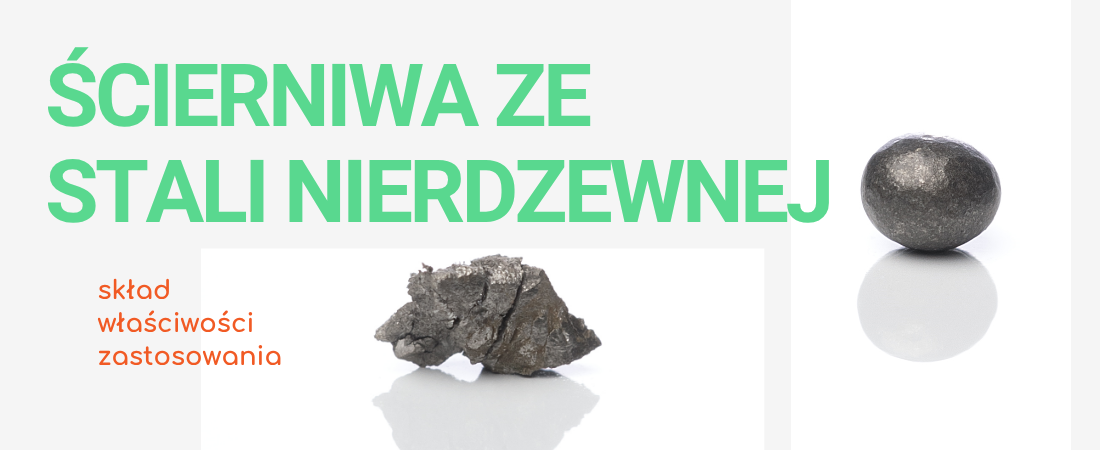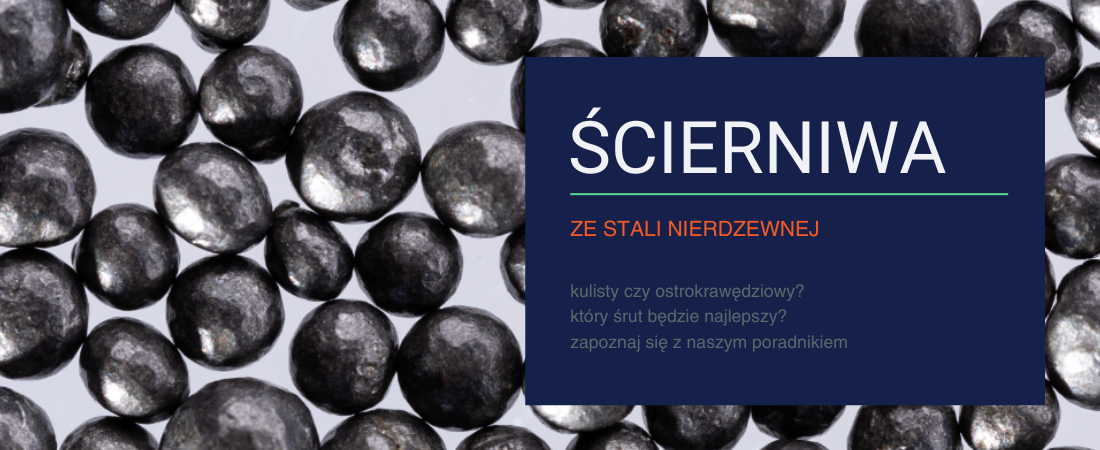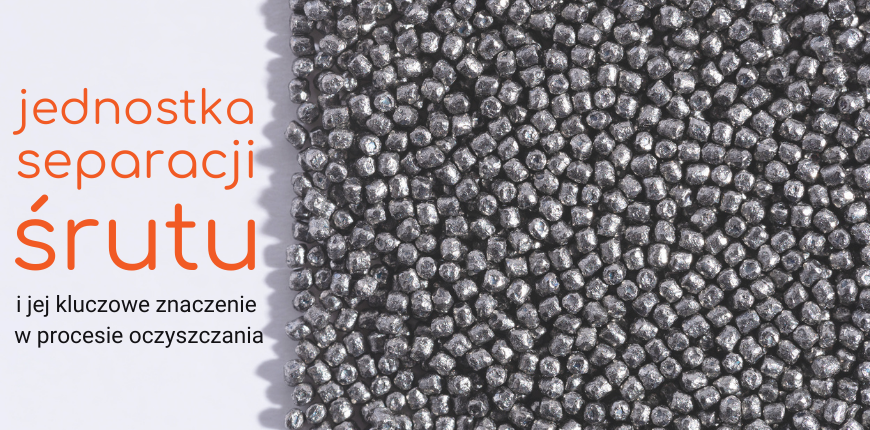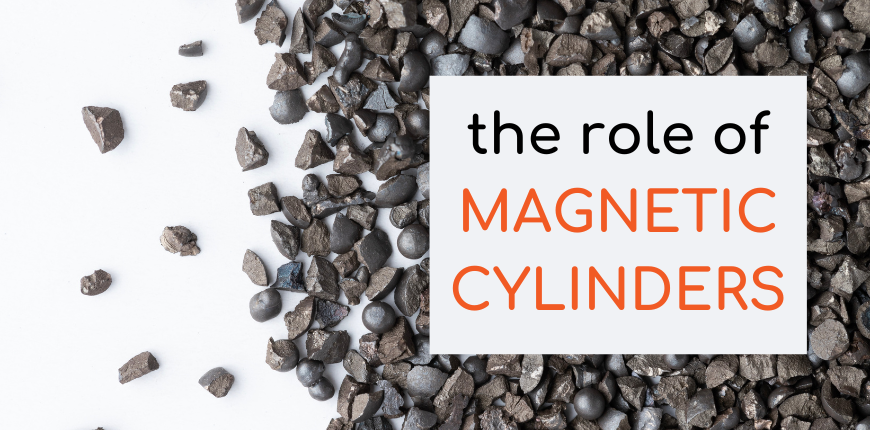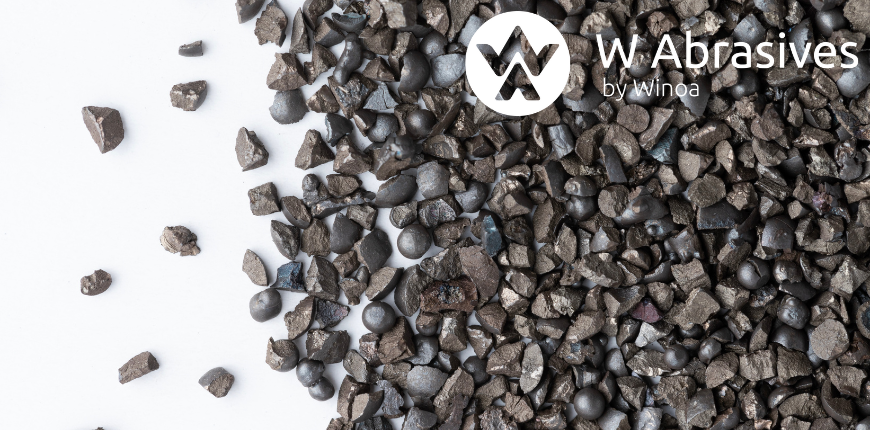
Slow motion perspective
The slow-motion video provides an eye-opening picture of how each high-speed shot affects a contaminated surface. Kinetic energy is converted into cleaning power upon impact, making achieving a clean surface the result of millions of these small but powerful interactions.
Types of shot for this application
When it comes to cleaning sand-covered surfaces, the type of grit you use can make a significant difference. Here are some types of shot that are very effective in these applications and that you will find in our product range:
Steel Shot: Known for its sharp edge shape, steel shot is perfect for aggressive cleaning,
Glass beads: ideal for soft surfaces, provide a smooth finish without changing the material.
Aluminum oxide: This type of shot is durable and reusable, making it cost-effective for large-scale operations.
The power of millions of hits
The slow motion video clearly shows that a clean, sand-free surface is not achieved immediately. This is the cumulative effect of millions of high-velocity impacts, each contributing to the overall cleaning power.
Why Kinetic Energy Matters
The speed at which the pellet is fired is not accidental. The kinetic energy gained is directly proportional to the cleaning efficiency. The faster the shot, the greater the kinetic energy, and therefore the stronger the cleaning effect.
Practical conclusions
Understanding the microscopic mechanisms of shot blasting can help you choose the right type of shot for your specific needs. It can also help you calibrate your shot blasting machine more effectively, ensuring optimal results.



